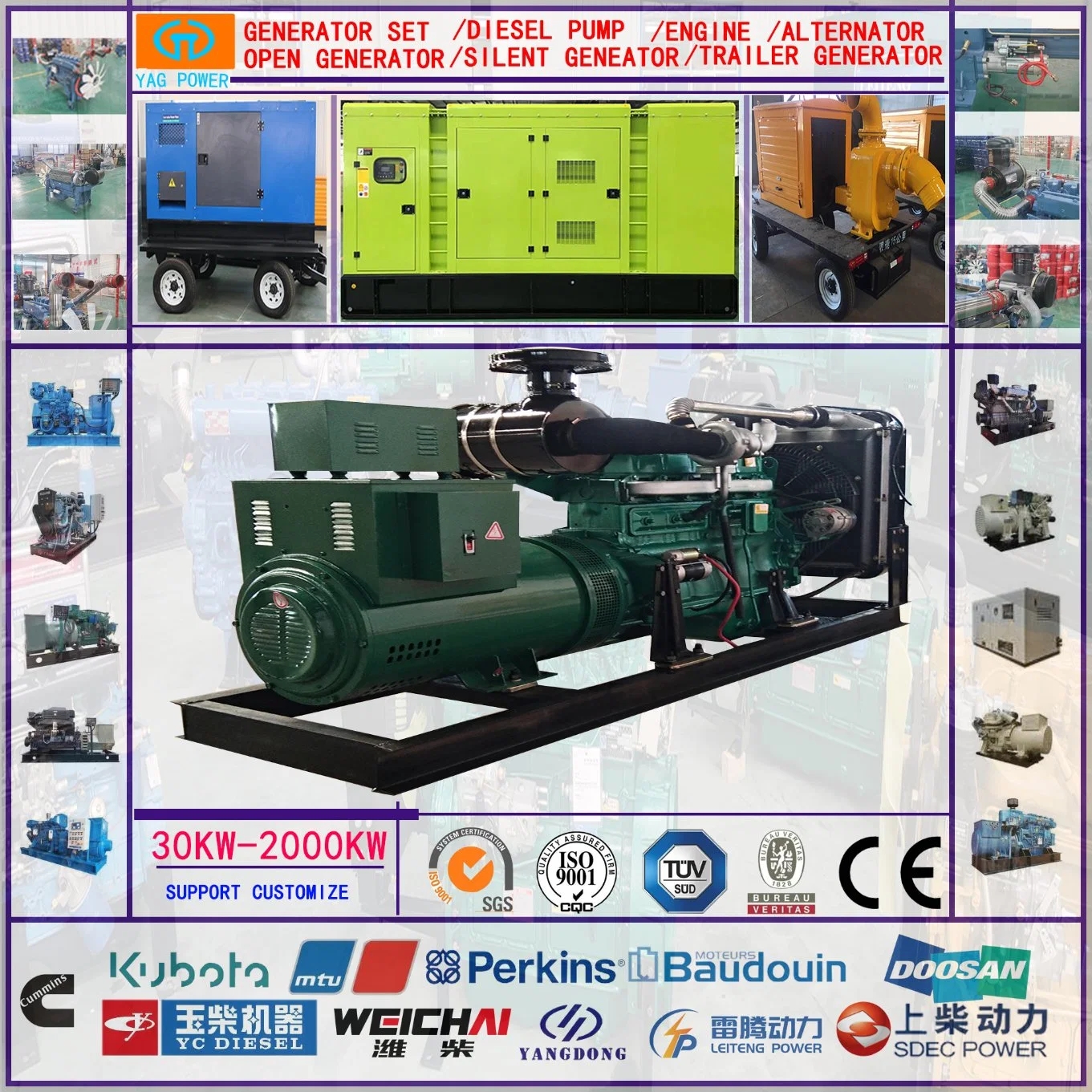Introduction
Diesel generators are critical components in various industries and applications where a reliable power source is essential. From hospitals and data centers to construction sites and remote locations, diesel generators provide backup power during outages or serve as the primary source of electricity. To ensure the reliability and efficiency of these generators, performance testing is a crucial step in their maintenance and operation. In this article, we will explore the importance of diesel generator performance testing, the key parameters tested, testing methods, and best practices for ensuring optimal performance.
Importance of Diesel Generator Performance Testing
Diesel generators play a vital role in providing backup power during emergencies and ensuring uninterrupted operation of critical systems. However, like any other mechanical equipment, diesel generators are subject to wear and tear over time, which can affect their performance and reliability. Performance testing helps identify any potential issues or deficiencies in the generator's operation before they escalate into major problems, thus preventing unexpected downtime and costly repairs.
Regular performance testing also allows operators to optimize the efficiency of the diesel generator, ensuring that it operates at peak performance levels and consumes fuel in an economical manner. By monitoring key performance parameters during testing, operators can identify areas for improvement and implement corrective measures to enhance the overall efficiency of the generator.
Key Parameters Tested in Diesel Generator Performance Testing
During performance testing, several key parameters are evaluated to assess the operational efficiency and reliability of a diesel generator. These parameters include:
1. Load Capacity: The generator's ability to handle varying loads is a critical factor in its performance. Performance testing involves subjecting the generator to different load conditions to determine its capacity to deliver the required power output without exceeding its limits.
2. Voltage Regulation: Voltage regulation is essential for maintaining a stable power supply to connected loads. Testing the generator's voltage regulation capabilities ensures that it can deliver consistent voltage levels under varying load conditions.
3. Frequency Regulation: Frequency regulation refers to the ability of the generator to maintain a stable frequency output within acceptable limits. Frequency testing is crucial for ensuring that the generator can provide power at the required frequency without fluctuations.
4. Fuel Efficiency: Fuel efficiency testing evaluates the generator's fuel consumption rate under different load conditions. By measuring fuel consumption during testing, operators can assess the generator's efficiency and identify opportunities for optimization.
5. Cooling System Performance: The cooling system is critical for preventing overheating and ensuring the proper operation of the generator. Performance testing includes evaluating the cooling system's effectiveness in maintaining optimal operating temperatures.
6. Noise Level: Generators can produce significant noise during operation, which may be a concern in certain environments. Testing the generator's noise level helps assess its compliance with regulatory standards and identify potential noise mitigation measures.

Testing Methods for Diesel Generator Performance Testing
There are several methods for conducting diesel generator performance testing, each with its own advantages and applications. Some common testing methods include:
1. Full Load Testing: Full load testing involves subjecting the generator to its maximum rated load capacity to assess its performance under peak conditions. This test provides valuable insights into the generator's ability to deliver power at full capacity and its overall efficiency.
2. Partial Load Testing: Partial load testing involves operating the generator at varying load levels to simulate real-world conditions. By testing the generator at different load points, operators can evaluate its performance across a range of operating conditions.
3. Load Bank Testing: Load bank testing is a specialized method that involves connecting an external load bank to the generator to simulate real-world loads. This test allows operators to assess the generator's performance under controlled conditions and identify any issues related to load handling.
4. Efficiency Testing: Efficiency testing involves measuring the generator's fuel consumption and power output to determine its overall efficiency. By calculating efficiency metrics, operators can identify areas for improvement and implement measures to optimize fuel consumption.
bojinsi for Diesel Generator Performance Testing
To ensure accurate and reliable performance testing results, operators should adhere to best practices throughout the testing process. Some key best practices include:
1. Establish Testing Procedures: Define clear testing procedures and protocols before conducting performance testing to ensure consistency and accuracy in the results. Document all test parameters, methodologies, and measurement techniques for future reference.
2. Use Calibrated Instruments: Use calibrated instruments and equipment for measuring key performance parameters such as voltage, frequency, fuel consumption, and temperature. Calibrated instruments help maintain the accuracy of test results and ensure reliable data.
3. Monitor Environmental Conditions: Consider environmental factors such as ambient temperature, humidity, and altitude when conducting performance testing. These factors can impact the generator's operation and performance, so it's essential to monitor them during testing.
4. Conduct Regular Maintenance: Prior to performance testing, ensure that the generator is well-maintained and in good working condition. Routine maintenance tasks such as oil changes, filter replacements, and system checks can help prevent breakdowns during testing.
5. Analyze Test Results: After completing performance testing, analyze the test results to identify any anomalies or deviations from expected performance levels. Investigate the root causes of any issues and implement corrective actions to address them.
Conclusion
Diesel generator performance testing is a critical aspect of ensuring the reliability, efficiency, and optimal operation of these essential power sources. By testing key performance parameters such as load capacity, voltage regulation, fuel efficiency, and cooling system performance, operators can assess the generator's capabilities and identify areas for improvement. Using methods such as full load testing, partial load testing, load bank testing, and efficiency testing, operators can evaluate the generator's performance under various conditions and optimize its operation. By following best practices for performance testing, operators can maintain the reliability and efficiency of diesel generators, ensuring uninterrupted power supply when it is needed most.
